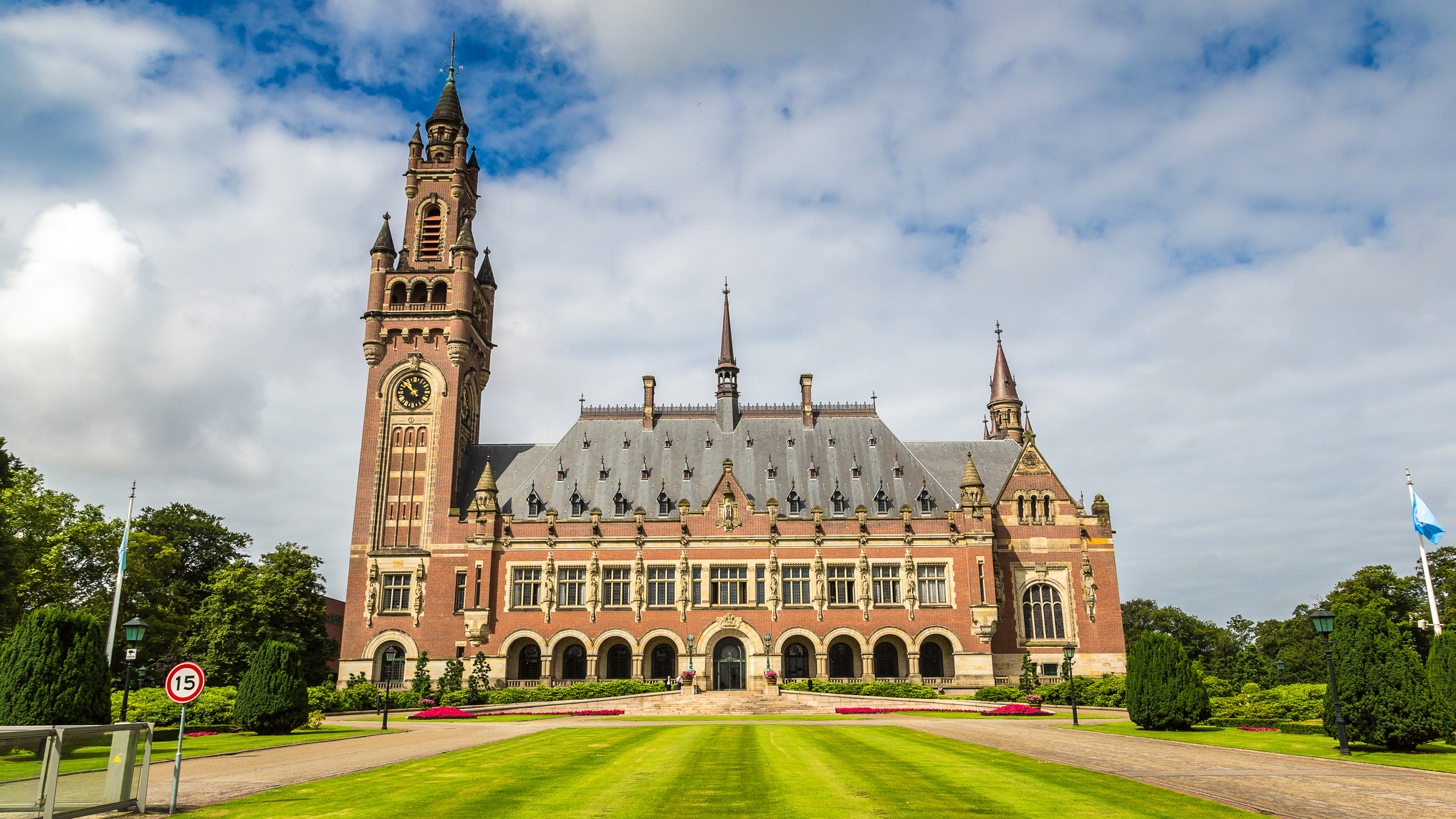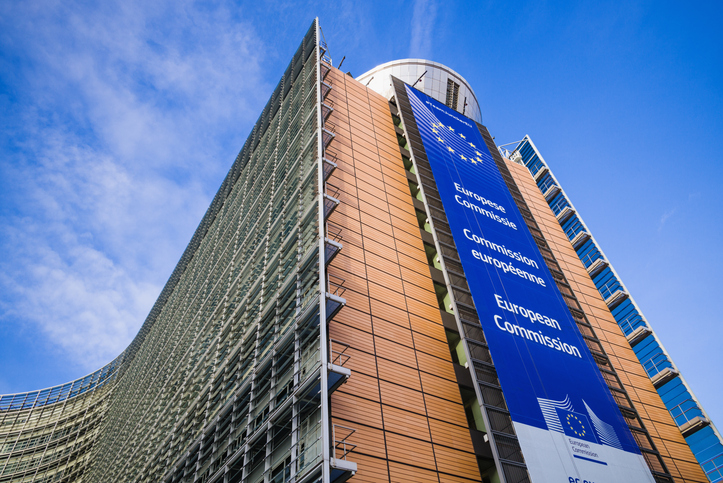News Reaction
What Does the International Court of Justice’s Climate Ruling Mean for SRM?
The United Nations’ top court has issued a historic ruling on countries’ obligations to address climate change. Experts respond to what this could mean for the future of solar geoengineering, also known as sunlight reflection methods (SRM).

The Peace Palace in the Hague, which houses the International Court of Justice (Photo: bloodua)
On 23 July, the International Court of Justice (ICJ) issued its long-awaited advisory opinion on states’ legal obligations related to climate change. Requested by the United Nations General Assembly, the opinion clarifies how international law applies to activities that harm the climate.
The ruling reaffirms that “a clean, healthy and sustainable environment” is a human right and states that climate change poses an “existential threat”.
It says countries have a “duty” to prevent environmental harm, and that failing to take action on greenhouse gas emissions could be an “internationally wrongful act” and lead to orders to pay reparations.
While the Court did not address SRM directly, its findings could shape the governance and legality of these potential interventions.
To understand what this could mean for SRM, we asked three experts to share their reactions.

Jan McDonald
Professor of Environmental and Climate Law
University of Tasmania
The Advisory Opinion should increase pressure on major polluters to accelerate mitigation efforts. While it doesn’t mention SRM specifically, the Court’s clarification of how customary international law governs climate harm would apply to the risks posed by SRM: the duty to prevent significant climate harm requires states to act with due diligence. This means using “all the means at [their] disposal” to regulate the conduct of public and private operators, including introducing and enforcing national laws for assessing and minimising risk. Within their respective capability, states should obtain the scientific information necessary to assess the probability and seriousness of risks posed by SRM, through robust, effective environmental impact assessment laws. This requirement arguably supports the case for better understanding of SRM risks and benefits, through responsible research.
More broadly, the Opinion establishes a stronger platform for future international cooperation on SRM governance. A state considering SRM activities involving transboundary impacts must also notify and consult with potentially affected states to determine the measures needed to prevent this risk. This weighs strongly against any kind of unilateral or minilateral1 SRM deployment.
Jan McDonald is Professor of Environmental and Climate Law at the University of Tasmania, Australia. Her research explores the legal frameworks required to responsibly govern the research, development, and deployment of both solar radiation management and marine carbon dioxide removal technologies.

Josh Horton
Senior Consultant
University of Chicago
In my view, the ICJ’s new climate ruling has little if any direct bearing on SRM. Instead, its meaning for SRM lies in demonstrating how disconnected SRM is from international law as it pertains to climate change. Two examples make this clear.
First, in its discussion of the United Nations Framework Convention on Climate Change (UNFCCC) and other climate treaties as the primary source of state obligations under treaty law, the opinion underscores the fundamental way in which this body of law is organized around controlling greenhouse gases (GHGs). SRM, however, would not act on GHGs, rather it would modulate solar radiation by reflecting sunlight. As things currently stand, SRM would seem to have no role to play in meeting the UNFCCC’s “ultimate objective” of achieving “stabilization of [GHG] concentrations in the atmosphere at a level that would prevent dangerous anthropogenic interference with the climate system” (Article 2).
Second, in its consideration of obligations deriving from customary international law (such as the duty to prevent significant harm), the opinion highlights the degree to which international environmental law is rooted in the assumption that environmental protection is achieved by minimizing interference in nature. This assumption is perfectly understandable from a historical perspective, but it is hostile toward the kind of protection SRM may offer, i.e., one interference (aerosols) intended to (partially) offset another, more damaging interference (GHG emissions), when the latter is seemingly out of control.
For SRM to be integrated into international law, a significant evolution in both treaty law and state practice will thus be required.
Josh is a Senior Consultant at the University of Chicago. He provides support for international policy initiatives related to solar geoengineering and conducts research on its political and governance aspects.

Julie Vinders
Senior Research Analyst
Trilateral Research Ltd
The ICJ’s Advisory Opinion on the obligations of States in respect of climate change is relevant for the interpretation of international law in the context of SRM governance. Even though the Advisory Opinion does not explicitly mention SRM or geoengineering, it sheds important light on the obligations of States under international law regarding climate change more broadly.
The ICJ considers a wide range of legal frameworks, including customary international law, climate change treaties, and human rights law. Not only has the ICJ reinforced that States must do their utmost to ensure their nationally determined contributions represent the highest level of ambition possible, but it has also clearly recognised the link between human rights law and climate protection. Furthermore, it has clarified that the international customary duty to prevent significant transboundary harm applies to climate change, and that the obligation to protect the environment from anthropogenic GHG emissions applies to the international community, whilst recognising the principle of common but differentiated responsibilities.
What this opinion means for SRM governance and research remains unaddressed here, but the Court did make it very clear that States have a responsibility to prevent harm caused by climate change.
Julie is a Senior Research Analyst at Trilateral Research Ltd and focuses on conducting legal and policy analyses of emerging technologies. Julie has a background in international and EU law, focusing on environmental and climate change law in particular.
The views expressed by Perspective writers and News Reaction contributors are their own and are not necessarily endorsed by SRM360. We aim to present ideas from diverse viewpoints in these pieces to further support informed discussion of SRM (solar geoengineering).
Endnotes
- “Minilateralism” is a variant of unilateralism in which small groups or “clubs” of countries implement SRM with a similar lack of regard for the rest of the world.



